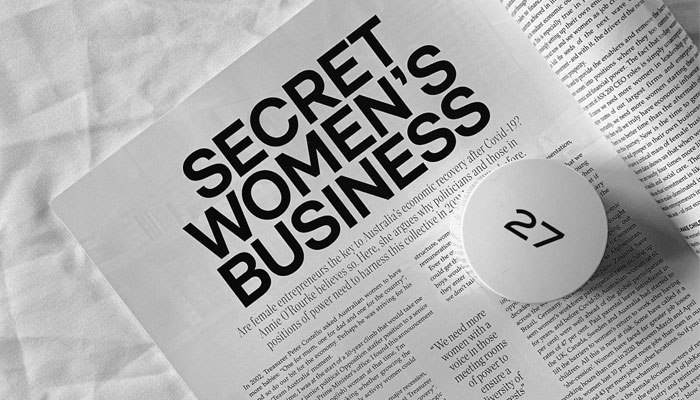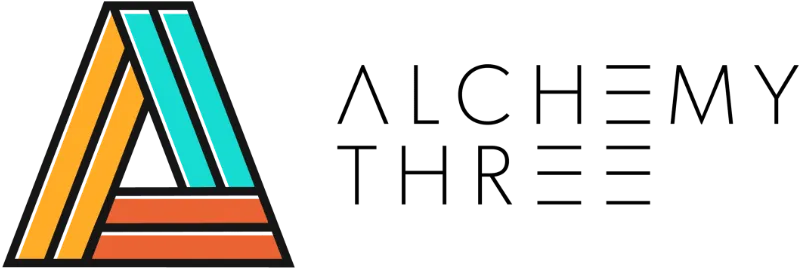It’s no secret that an email newsletter can be a great way to engage with your potential clients. The right newsletter can be an excellent tool to boost your business and interact with brand’s supporters. The average employee spends 13 hours a week checking their email, according to a study by McKinsey. How do you stand out with so many emails in every inbox?
To break through the clutter, you need to step up your efforts in building an engaging and insightful email newsletter. It’s not just about the content, anymore. Modern newsletters should have a catchy subject line, a focused call-to-action, provide value, and an aesthetic design.
Whether you’re planning to start fresh or revive an existing newsletter, here are some of our tried-and-true tips for writing an engaging email newsletter that people will actually want to read.
Our Best Email Newsletter Tips
1. Figure out the type of email you want to send

How do you focus your newsletter? Rather than linking to random blog posts jumbled together with company updates, events and PR announcements, get out of the weeds and stick to high-level topics around a common thread or theme. Pick a few key topics or a theme for your newsletter and center it around a relevant call-to-action (read more on this below!). A clear focus will help your readers to understand what they’re reading and clearly guide them to taking the action you want them to take, such as reading a blog post or visiting a certain page on your website.
2. Keep it simple, stupid (the K.I.S.S. principle)
When writing content of any kind, try to follow the KISS principle. The KISS principle is as follows:
- Tell them what you’re going to tell them. Write a clear introduction outlining the purpose of the content. At this point you should be answering: What’s in it for the reader?
- Tell them what you told them you were going to tell them. This is the body of your newsletter. Keep it short and sweet, but deliver on the promise you made in the introduction. This is the section that provides your reader with the most value.
- Tell them what you told them. Conclude by reminding the audience what’s in it for them.
- Tell them what to do next. Your call-to-action. Tell them exactly the next step you want them to take!
Keep in mind that you want your newsletter to act as a jumping off point that grabs your readers attention and encourages them to take action. Include a short teaser to your newest blost post, and send subscribers to your blog to read the entire post, for example. Concise copy will allow readers to flow through your newsletter and read just enough for them to want more!
3. Pick one call-to-action
Your email may have multiple call-to-action (CTAs), but that doesn’t mean that those CTAs should share equal prominence in your newsletter. As we mentioned in our first tip, it’s important that your email has a primary focus, which can be reinforced by relevant CTAs with intentional placement.
So how do you do it? Narrow down what exactly you want your CTA to be. That’s the main thing you want your subscribers to do. Whether it’s a simple click through to a blog post or a sales-based goal, you need to make it crystal clear what you want your subscribers to do. The rest of your CTAs? Those should all be “just-in-case” options.
Once you have your primary CTA, you should focus on the headline.
4. Write a catchy email subject line

Your newsletter headline is everything. For better or for worse, your newsletter subject line will dictate whether your audience even opens the newsletter. Even if your subscribers sign up for your email, there’s really no guarantee that they will open your emails and read them once they pop up in their inbox.
Many marketers and businesses will try and keep their headlines consistent, so their audience recognizes the email when it arrives in their inbox. But the same subject lines will get old, and fast. Your subscribers have no incentive to click on the same subject line every week or month.
Try switching it up and getting creative. Writing a catchy email subject line will be tough at first, and might take a lot of throwing things at the wall to see what sticks.
Wondering where to start? Make sure your email subject line hits all of these requirements:
- Deliverable
- Actionable
- Personalized
- Brief
Consider testing out different subject lines (funny subject lines versus serious subject lines) to see what resonates for your audience. If you use an email marketing platform like ActiveCampaign or Hubspot, you’ll be able to conduct A/B tests with different subject lines to see what your audience responds best to! And, when in doubt, stick with the K.I.S.S. principle by using the subject line as an opportunity to “tell them what you’re going to tell them.”
5. Don’t try to sell too much

How many times have you gotten an email newsletter in your inbox, only to find out it’s just a company trying to sell you something? Many brands will start an email newsletter hoping to push out offers, discounts, and other specials to attract clients.
But too many sales-related emails will fatigue your clients. Imagine if your friends only contacted you when they needed money? You would get tired of that behaviour pretty quickly! The same applies to emails: if you plan to just send sales-related email newsletters, you are risking “offer fatigue.” Your potential clients may start ignoring your emails, unsubscribing, and worst of all, your offers will lose their value. (If you’re always running a sale, how special is it, anyways?)
Instead, try to balance out your email newsletter content and create value in your customers’ lives. Send out emails with educational content, contests, and other informational content – and reserve sales emails for legitimately great offers. A great rule of thumb for promotional emails: 90% educational and 10% promotional!
6. Give your subscribers an option

Allowing your subscribers the option to personalize their preferences makes a world of difference for your open rate. When customers can pick how often they receive an email, they’re more likely to open the emails they do get.
Likewise, make sure to include an unsubscribe button. There’s nothing more frustrating as a customer than trying to find a way to opt out. You want your customers to have a good user experience at the end of the day.
Be as specific as possible when it comes to customer preferences. Tell your potential subscribers how often they will hear from you – and what’s in every newsletter. You can even do this on the subscriber landing page. A preview link for a recent newsletter is another great way to let your potential subscribers know what to expect!
7. Step up the design

When you build your newsletter, consider the design. The design should be nice to look at and match your brand’s aesthetic, but should also be easy to read and well-organized. Can readers easily skim your newsletter? Do you have call to action buttons? Does the email follow a clear progression? The appearance of your email plays a much bigger role in how your readers perceive your content – and how long they spend reading it.
Try including these tips:
- Subject lines and headers
- Call to action buttons when appropriate
- Use bold text for keywords to make content more readable
- Use custom designs and branded elements
Pro Tip: even though you want to step up your design, avoid cluttering your wireframe! Be sure to maintain active white space in the design.
The Value of the Email Newsletter
Email newsletters are a cost-effective way to reach your customers and potential customers. And among other things, a great email newsletter can shorten your sales process and foster deeper connections with your customers — making it a highly valuable part of your overall marketing strategy!





